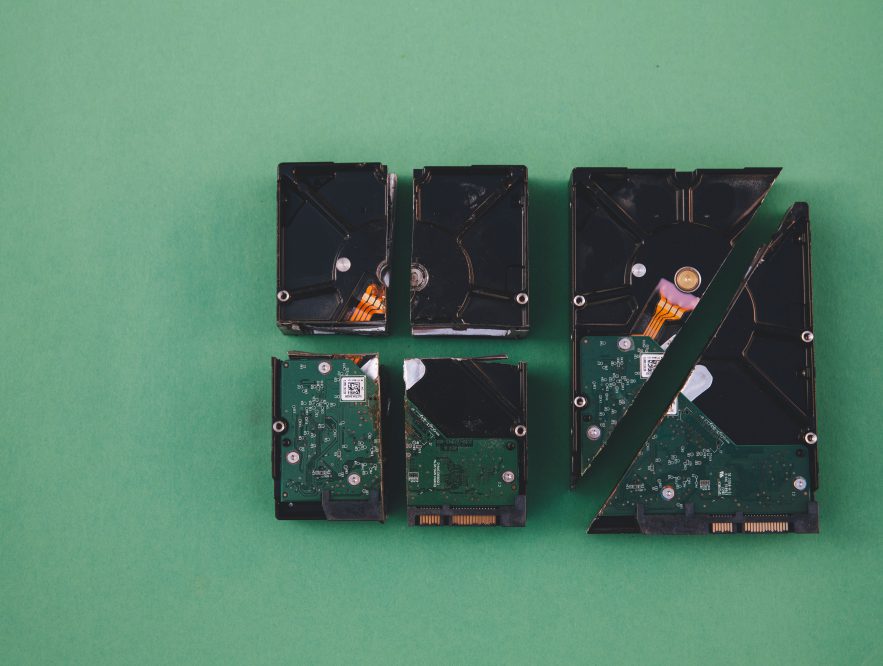Neck gaiters, bandanas not effective face coverings for curtailing COVID-19
Dive Temporary:
- A new study hunting at the success of confront coverings making use of optical imaging technologies has ramifications for the approaches that design employees defend themselves on jobsites. The research identified large discrepancies in the success of unique sorts of masks to restrict the distribute of COVID-19.
- Scientists from Duke University looked at how unique decisions mitigated the distribute of respiratory droplets during frequent speech and identified huge differences in the way different masks performed.
- The research, printed by the American Affiliation for the Development of Science, looked at a large assortment of masks and mask elements, from surgical and N95 masks to all those made of cotton, fleece and bandanas. It identified that some confront coverings — spandex neck gaiters and cotton bandanas — are actually no improved than carrying no mask.
Dive Insight:
The investigate workforce looked at fourteen commonly available masks or masks solutions, just one patch of mask product, and a professionally healthy-analyzed N95 mask. It identified that the top rated 5 sorts for preserving droplet spray to a minimum (underneath .2 relative droplet rely) are:
- Fitted N95 mask
- Surgical mask
- Poly/cotton mask
- Polypropylene mask
- A swath of polypropylene product
Four two-layer cotton pleated masks, a just one just one-layer cotton pleated mask and a knitted mask were being identified to be somewhat valuable at reducing spray, coming in at a lot less than .four relative droplet rely.
The research also highlighted the sorts of confront coverings that are not valuable in mitigating droplet distribute and brought up several criteria for employees on design jobsites, in particular all those who desire to don lightweight masks such as neck gaiters. These were being identified to disperse the biggest droplets into a multitude of scaled-down droplets.
“Considering that scaled-down particles are airborne for a longer time than huge droplets (much larger droplets sink speedier), the use of such a mask might be counterproductive,” the scientists wrote.
Also, the research identified that valved N95 masks, which are commonly used in design, can lower the security of all those bordering the wearer.
“Such a valve will allow air to transfer from the wearer’s mouth and nose through the mask with out likely through the principal filter,” the research explained. “While this may perhaps make exhaling simpler, at the same time, it may perhaps permit viruses to get on through to the other side.”
In the design marketplace, confront coverings to avert the distribute of COVID-19 are advised and even demanded on most jobsites and sixty seven% of respondents to a recent Design Dive survey explained that they are an vital indicates of security.
Although design pros explained they see the have to have for confront coverings on jobsites, they really don’t generally like getting to don just one. Disadvantages incorporate that they can make the wearer feel incredibly hot and are likely to fog eyeglasses and basic safety goggles. Other good reasons outlined were being that they make it tricky to breathe during intense functions, they can fall apart, and they irritate the pores and skin behind the ears.
Even with the new conclusions from the droplet research, the scientists explained that because COVID-19 is such a new ailment there is nevertheless substantially to be acquired about how it is transmitted.
“Determining mask efficacy is a elaborate matter that is nevertheless an lively field of investigate, made even extra difficult because the an infection pathways for COVID-19 are not however fully understood and are difficult by several components such as the route of transmission, accurate healthy and utilization of masks, and environmental variables,” they explained.






